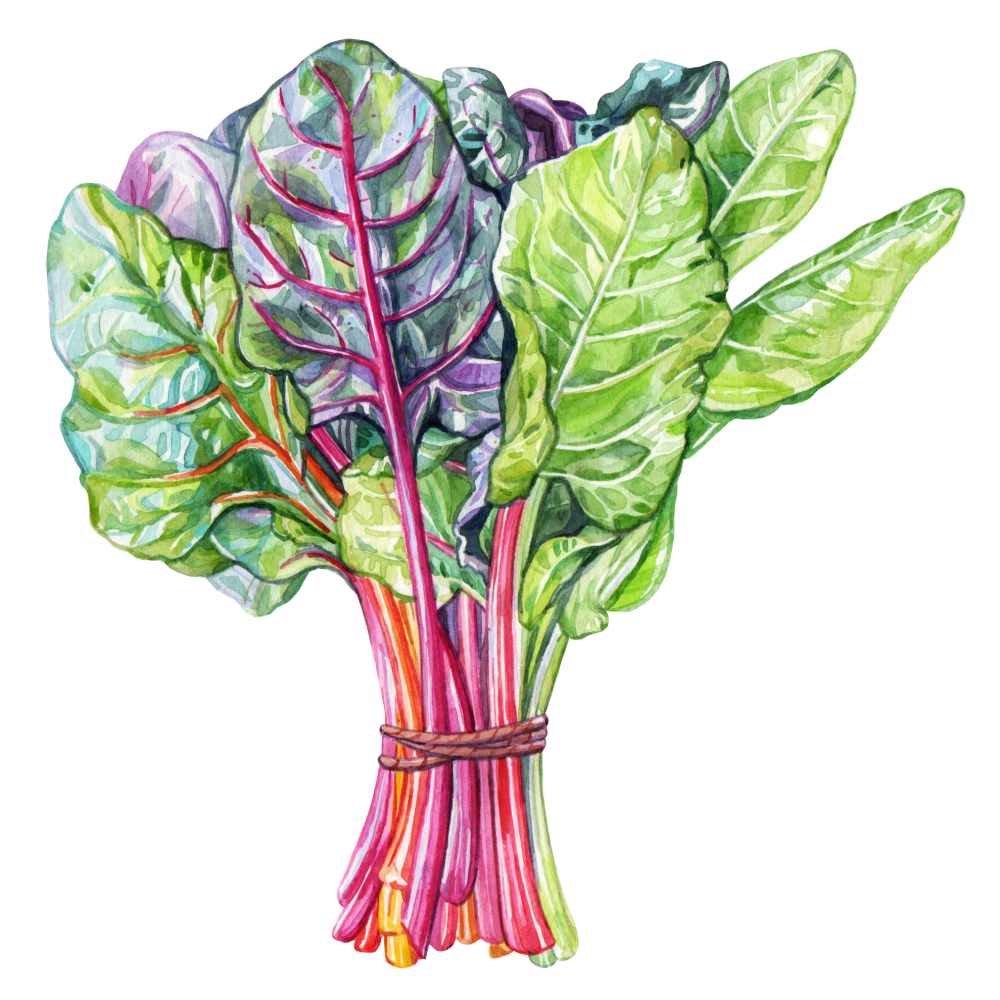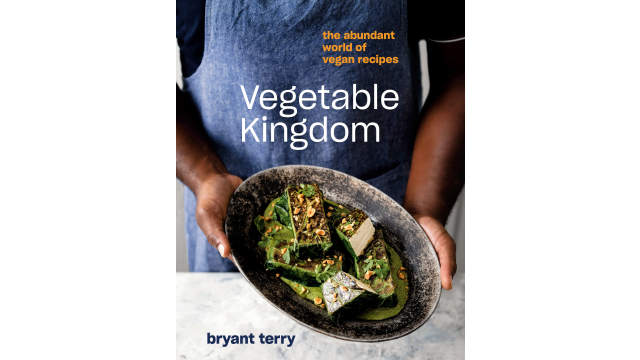Chard

Latin name: Beta vulgaris v. cicia
Other names: Swiss chard, silver beet, seakale beet, leaf beet
Uses: vegetable
What is chard?
Chard is a large, leafy green related to beets and spinach. The large, lush leaves grow and regrow throughout their long season, so they can be harvested multiple times. Depending on the variety, the ribbed leaf blade can be medium to dark green, reddish, or green with red veins, while their stalks might be white, red, pink, or bright yellow.
Why is chard healthy?
Swiss chard is an incredibly nutrient-dense leafy green, containing up to 13 antioxidants. The amount of vitamin K — important for healthy blood and bones — is more than 1,000% of the daily requirement. It also contains a flavonoid, syringic acid, known to help regulate blood sugar. With its ability to suppress inflammation, chard has the potential to help just about every known health condition. Some research even shows antitumor properties.
What does chard taste like?
Chard’s texture is fine and tender like spinach, but not as bitter as its cousin (and nowhere near as bitter as kale). Milder than beet greens, the leaves are earthy and vegetal-sweet. You can eat the stems, which taste a little like beets.
How do I use chard?
Use it as you would spinach: young leaves raw in salads, larger ones cooked. Sauté chopped leaves and stems Sicilian-style, in olive oil with onion, garlic, raisins, pine nuts, and red pepper flakes (and a splash of vinegar, too). Put chard in gratins, omelets and quiches, pastas, pilafs, soups, and stews. Stuff it like cabbage, or purée it in a pesto. The stems grill nicely.
What does chard pair well with?
Chard goes well with a lot of flavors, especially those with acidity, nuttiness, or umami. Wine vinegars, citrus, and soy sauce make great dressings, and cheeses of all kinds — ricotta, goat cheese, and aged cheese such as parmesan — balance its occasionally swampy quality. Aromatics like garlic, leeks, shallots, and onions are always a good idea, and herbs including basil, fennel seed, marjoram, parsley, rosemary, and thyme complement it well. Almonds, pine nuts, and walnuts are lovely, especially in concert with currants and raisins, and chard loves carbs like pasta, polenta, quinoa and black rice. Butter and coconut milk are excellent fats for sautéing it, and it also enjoys the company of eggs, corn, potatoes, zucchini, and its beet cousins.
Where does chard grow?
Originating from a wild beet in the Mediterranean, chard grows in warm weather almost year-round, and in cooler climates from late spring to late fall.
How to buy chard:
Look for bright, shiny leaves that aren’t wilted or slimy. Stalks should be firm, not droppy.
Fun chard fact:
The origin of the name Swiss chard isn’t clear, but some say the plant was first described by Swiss botanist Gaspard Bauhin, or possibly Karl Koch — except that he was German.








